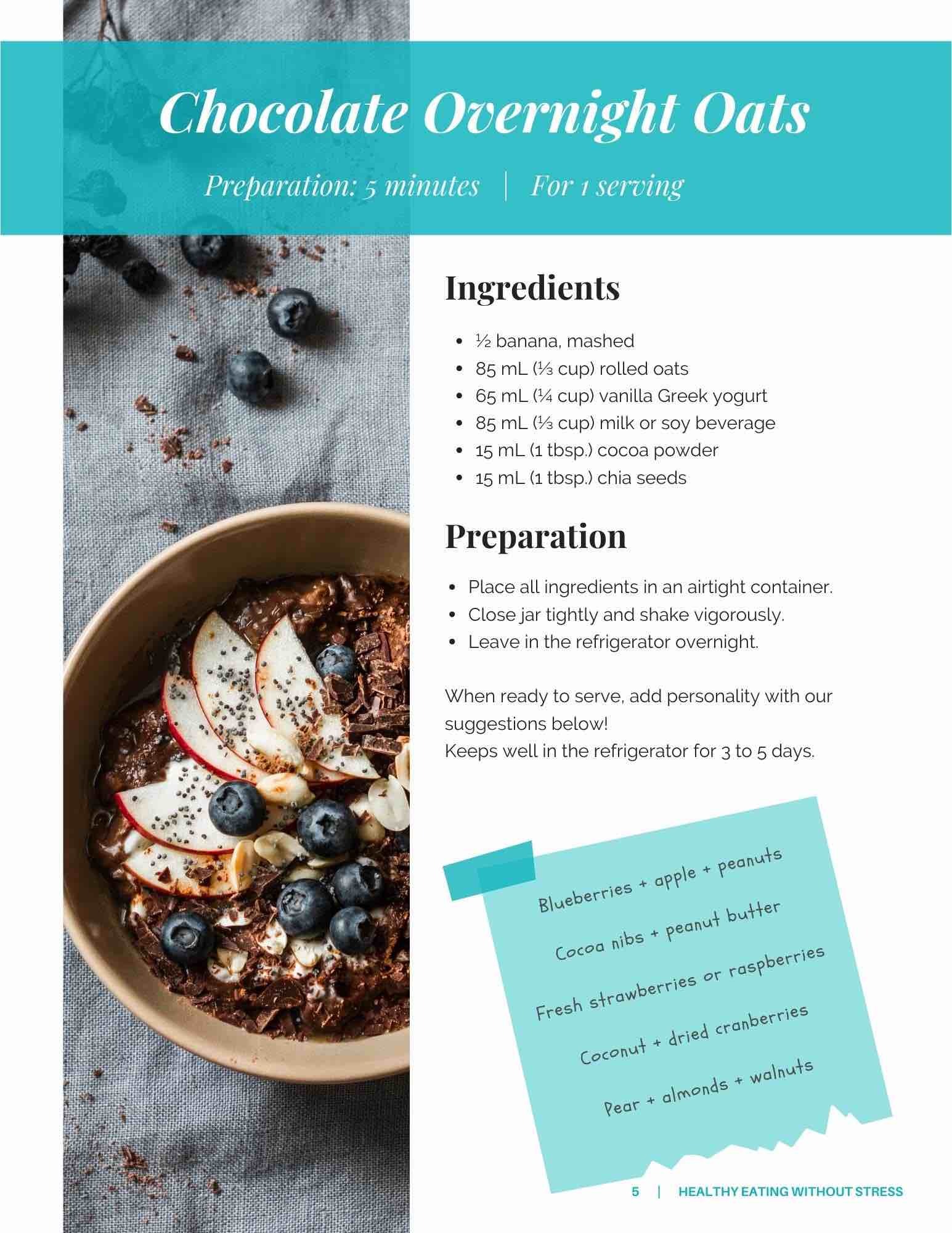
Pathophysiology
Metabolic dysfunction-associated fatty liver disease (MAFLD), previously known as non-alcoholic fatty liver disease (NAFLD) (1), is diagnosed based on criteria that include the accumulation of fat in the liver (more than 5% of hepatocytes), along with one of the following three criteria: overweight, prediabetes or type 2 diabetes, or cardiometabolic risk factors (high waist circumference, hypertension, insulin resistance, low HDL cholesterol, or low-grade inflammation measured by C-reactive protein). The diagnosis is now independent of alcohol consumption or other concomitant liver diseases (1).
The pathophysiological mechanisms involve several interconnected factors. Excessive caloric intake, visceral fat accumulation, and imbalances in the gut microbiota can lead to chronic low-grade inflammation and insulin resistance, which eventually results in the accumulation of fatty acids in the liver. This process leads to lipotoxicity (an overload of the liver’s fatty acid storage capacity) along with the activation of inflammatory pathways, cellular dysfunction, and hepatocyte apoptosis, contributing to disease progression (2). Certain genetic variations may also increase susceptibility to MAFLD (3, 4).
Therapy: lifestyle intervention
Currently, there are no pharmacological treatments approved for MAFLD. Recommendations focus on lifestyle changes: a balanced healthy diet, alcohol abstinence, and increased physical activity with or without weight loss (3, 5).
Weight loss and nutritional quality
Since adiposity accumulation plays a major role in the pathophysiology of most cases of MAFLD, international guidelines recommend a weight loss of 5 to 10% of initial body weight for treatment by following a calorie-restricted diet (500 to 1000 kcal deficit per day) (6,7). Studies have shown that a 7 to 10% weight loss improves several cardiometabolic risk factors (waist circumference, glycemia, lipid profile, and liver enzymes), reduces hepatic fat accumulation in 88 to 100% of participants (7, 8), and eliminates signs of fatty liver on ultrasound in 30 to 50% of patients with MAFLD (7). Mediterranean-style calorie-restricted diets offer additional benefits, including complete resolution of MAFLD and optimized lipid profile (7). These additional benefits align with nutritional quality recommendations for managing this condition (3). Guidelines suggest following a DASH or Mediterranean diet, favouring a reduction in refined starches and simple sugars, and an increase in whole grains, vegetable oils, plant-based proteins (legumes, nuts, seeds), fish and seafood, dairy products (especially fermented ones like yogurt), and a variety of colourful fruits and vegetables (9). Certain foods and nutrients may also provide further benefits if consumed regularly, including isoflavones like genistein (primarily found in soy-based products), omega-3 fatty acids (from food or supplements), coffee, chia seeds, and olive oil (3).
Physical activity
According to data from a meta-analysis and systematic review, interventions involving only physical exercise (cardiovascular exercises or strength training) are associated with a small, but significant, reduction in liver fat and liver enzymes, particularly in overweight or obese individuals (10). When exercise is combined with dietary changes, it leads to an even greater improvement in liver health markers (11). Compared to standard care, 6-month intensive weight loss with regular follow-ups with a dietitian (bi-monthly for the first 2 months and then monthly for 4 months) resulted in better adherence to the Mediterranean diet, increased fibre and monounsaturated fat intake, and a higher level of vigorous physical activity (with a median of 100 minutes per week) in the lifestyle modification intervention group. As a result, this intervention significantly improved liver tissue health (as measured by ultrasound) and reduced ALT levels in participants with MAFLD, even after adjusting for weight loss (11).
Alcohol consumption
The effects of light to moderate alcohol consumption remain a delicate and controversial topic for some. However, the risks of alcohol consumption are well documented for liver health: regardless of the amount, alcohol worsens hepatic health outcomes in people with MAFLD (12) or hepatic fibrosis (13). Alcohol is also well-known to increase the risk of liver cancer (13). As such, total alcohol abstinence is recommended (4).
Guidance and support for maintaining healthy habits
There is a significant gap between nutritional recommendations and their clinical implementation. Sustainable lifestyle changes represent a challenge for many individuals living with chronic diseases, including MAFLD. Guidance and support from a dietitian is essential for achieving weight loss and nutrition related goals, but even more so for maintaining new habits that allow for the long-term management of chronic conditions. According to the evidence, lifestyle interventions for weight loss, accompanied by at least one monthly follow-up with a dietitian, results in clinically significant (minimum 5% of initial body weight) and sustained weight loss (up to 160 weeks) (14). Frequent and regular contact in multiple forms (including individual sessions, group sessions, phone calls, etc.) is suggested as a key component to maintain new dietary habits (15, 16).
Support+ service: A long-term solution for your patients
TeamNutrition also offers digital therapy support with the KoalaPro mobile app and the Support + service. Solutions such as individual nutritional consultation with customers at TeamNutrition, combined with digital therapy support, enable regular, weekly follow-up with a dietitian-nutritionist. The Support + service also offers inspiration groups led by team nutritionists, aimed at promoting a healthy, active lifestyle on a daily basis. The app features direct messaging for real-time recommendations from the customer's nutritionist, a progress-tracking diary, and a system of health alerts sent directly to the professional, to ensure constant support in achieving and maintaining users' health goals.
Personalized nutrition is necessary for optimal maintenance of changes in eating habits, which a TeamNutrition nutritionist can provide. Don't hesitate to contact us to find out more about our services!
References
- Eslam, M., Newsome, P. N., Sarin, S. K., Anstee, Q. M., Targher, G., Romero-Gomez, M., ... & George, J. (2020). A new definition for metabolic dysfunction-associated fatty liver disease: An international expert consensus statement. Journal of hepatology, 73(1), 202-209.
- Eslamparast, T., Tandon, P., & Raman, M. (2017). Dietary composition independent of weight loss in the management of non-alcoholic fatty liver disease. Nutrients, 9(8), 800.
- Kosmalski, M., Frankowski, R., Deska, K., Różycka-Kosmalska, M., & Pietras, T. (2023). Exploring the impact of nutrition on non-alcoholic fatty liver disease management: unveiling the roles of various foods, food components, and compounds. Nutrients, 15(13), 2838.
- Zeng, X. F., Varady, K. A., Wang, X. D., Targher, G., Byrne, C. D., Tayyem, R., ... & Zheng, M. H. (2024). The role of dietary modification in the prevention and management of metabolic dysfunction-associated fatty liver disease: An international multidisciplinary expert consensus. Metabolism, 161, 156028.
- Kosmalski, M., Frankowski, R., Ziółkowska, S., Różycka-Kosmalska, M., & Pietras, T. (2023). What’s new in the treatment of non-alcoholic fatty liver disease (NAFLD). Journal of Clinical Medicine, 12(5), 1852.
- Montemayor, S., García, S., Monserrat-Mesquida, M., Tur, J. A., & Bouzas, C. (2023). Dietary patterns, foods, and nutrients to ameliorate non-alcoholic fatty liver disease: a scoping review. Nutrients, 15(18), 3987.
- Ristic-Medic, D., Kovacic, M., Takic, M., Arsic, A., Petrovic, S., Paunovic, M., ... & Vucic, V. (2020). Calorie-restricted Mediterranean and low-fat diets affect fatty acid status in individuals with nonalcoholic fatty liver disease. Nutrients, 13(1), 15.
- Cunha, G. M., Guzman, G., Correa De Mello, L. L., Trein, B., Spina, L., Bussade, I., ... & Countinho, W. (2020). Efficacy of a 2-month very low-calorie ketogenic diet (VLCKD) compared to a standard low-calorie diet in reducing visceral and liver fat accumulation in patients with obesity. Frontiers in endocrinology, 11, 607.
- Zeng, X. F., Varady, K. A., Wang, X. D., Targher, G., Byrne, C. D., Tayyem, R., ... & Zheng, M. H. (2024). The role of dietary modification in the prevention and management of metabolic dysfunction-associated fatty liver disease: An international multidisciplinary expert consensus. Metabolism, 161, 156028.
- Wang, S. T., Zheng, J., Peng, H. W., Cai, X. L., Pan, X. T., Li, H. Q., ... & Peng, X. E. (2020). Physical activity intervention for non-diabetic patients with non-alcoholic fatty liver disease: a meta-analysis of randomized controlled trials. BMC gastroenterology, 20, 1-12.
- Katsagoni, C. N., Papatheodoridis, G. V., Ioannidou, P., Deutsch, M., Alexopoulou, A., Papadopoulos, N., ... & Kontogianni, M. D. (2018). Improvements in clinical characteristics of patients with non-alcoholic fatty liver disease, after an intervention based on the Mediterranean lifestyle: a randomised controlled clinical trial. British Journal of Nutrition, 120(2), 164-175.
- Jarvis, H., O'Keefe, H., Craig, D., Stow, D., Hanratty, B., & Anstee, Q. M. (2022). Does moderate alcohol consumption accelerate the progression of liver disease in NAFLD? A systematic review and narrative synthesis. BMJ open, 12(1), e049767.
- Rice, B. A., Naimi, T. S., & Long, M. T. (2023). Nonheavy alcohol use associates with liver fibrosis and nonalcoholic steatohepatitis in the framingham heart study. Clinical Gastroenterology and Hepatology, 21(11), 2854-2863.
- Machado, A. M., Guimarães, N. S., Bocardi, V. B., da Silva, T. P. R., do Carmo, A. S., de Menezes, M. C., & Duarte, C. K. (2022). Understanding weight regain after a nutritional weight loss intervention: systematic review and meta-analysis. Clinical nutrition ESPEN, 49, 138-153.
- Chapman, K. (2010). Can people make healthy changes to their diet and maintain them in the long term? A review of the evidence. Appetite, 54(3), 433-441.
- Lanza, E., Schtzkin, A., Daston, C., Corle, D., Freedman, L., Ballard-Barbash, R., et al. (2001). Implementation of a 4-y, high-fiber, high-fruit-and-vegetable, low-fat dietary intervention: results of dietary changes in the Polyp Prevention Trial. American Journal of Clinical Nutrition, 74, 387–401.






